Single beam echo sounders (SBES), also known as depth sounders or fathometers, are instruments that determine water depth by sending a sonar pulse, or 'ping', and measuring its travel time to the bottom and back. The transducer emits this ping from just below the water's surface, and the SBES detects the echo from the seabed. These devices are adept at distinguishing between the actual bottom and other objects like fish, debris, or vegetation that may reflect the sonar signal, ensuring accurate depth measurements.
The technology behind SBES has evolved to use different sonar frequencies suitable for various depths. Shallow waters typically use a frequency around 200 kHz, while deeper surveys may use lower frequencies between 24-33 kHz to reduce sound attenuation in water. Some transducers combine two frequencies, such as 33/200 kHz, to cover a range of survey conditions. The beam width of the transducer also plays a crucial role, with narrower beams providing more precise depth measurements at a discrete point beneath the vessel.
SBES are valued for their cost-effectiveness compared to more complex systems like multibeam echo sounders. They are particularly useful in shallow waters, usually less than 10 meters deep. The data they produce is straightforward to interpret and requires less time to process, making them a practical choice for operations that may not have highly experienced personnel. The simplicity and efficiency of SBES make them a staple in various hydrographic surveying tasks.

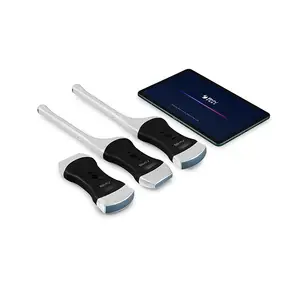





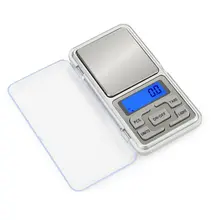


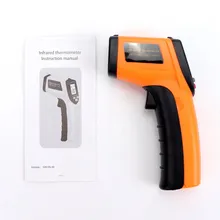



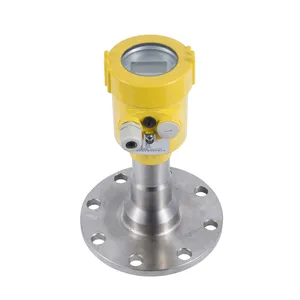

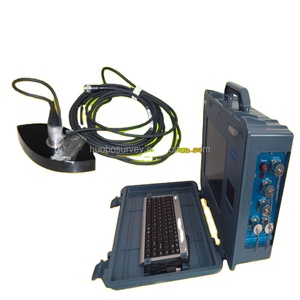













 浙公网安备 33010002000092号
浙公网安备 33010002000092号 浙B2-20120091-4
浙B2-20120091-4